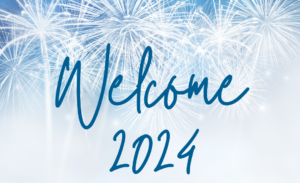“I don’t think it really matters which model you pick,” my friend said on the phone last week. “I think it just matters that you pick one and go with it.”

I agree with her. We were discussing change leadership models and frameworks. Her organization has begun a journey to build capability in this space. I worked for one in the past to do the same. Our organizations used different models, but we agreed that did not matter.
Your organization could follow any of the following approaches to change leadership / change management (and pick which term you prefer):
I’m sure there are more, but these are the ones I was asked about most often when I facilitated training on the topic.
The models share more commonalities than differences.
- If the goal is to scale up capability in this space, then the biggest value comes from having everyone speaking the same language and using the same tools. Whichever model you pick can achieve that goal
- You do not have to pick one or the other. Different models can be used for different purposes. For example, Bridges’ work focuses on the individual psychological adjustment people go through, which is a transition (not a change). This can complement models / frameworks / tools like those from Kotter or the Heath Brothers, providing more holistic approaches to managing change initiatives.
- Not one of them is a methodology. They are models and frameworks. This distinction matters! Manage expectations accordingly. When you work on an ERP implementation, for example, you need a methodology. A model or framework will not provide the specificity for the detailed project plan.
Fluency in the language of multiple models is a valuable skill for those of us who spend entire careers in this space. But for your typical Director or VP looking to focus on it only for the purpose of advancing an important business agenda to implement a specific transformation initiative, help them out – make it as straight forward as possible!
Here are three ways to do that:
- Pick one model and use it consistently throughout your entire enterprise. Then when leaders move from operating unit to operating unit, they will not have to re-learn a new set of jargon and tools. Everyone stays on the same page
- Identify a highly visible sponsor to champion this cause from the highest levels in your organization. If people do not see it coming down from the top as a priority, they will view it as the “flavor of the month”. Then they do not invest time, effort or resources in support.
- Equip them in practical ways. DO NOT give them binderware that sits on a shelf after training. Give them soft copies of the tools. Give them time in the training to begin using the tools. Give them ways to connect with others using the tools, and so on.
What other ideas and suggestions do you have, readers? Please share them in the comments below.
Betsy Winkler is Partner at People Results. She can be reached on Twitter @BetsyWinkler1 or on email at bwinkler@www.people-results.com. Sign up to receive her and her colleagues’ blog at Current.



